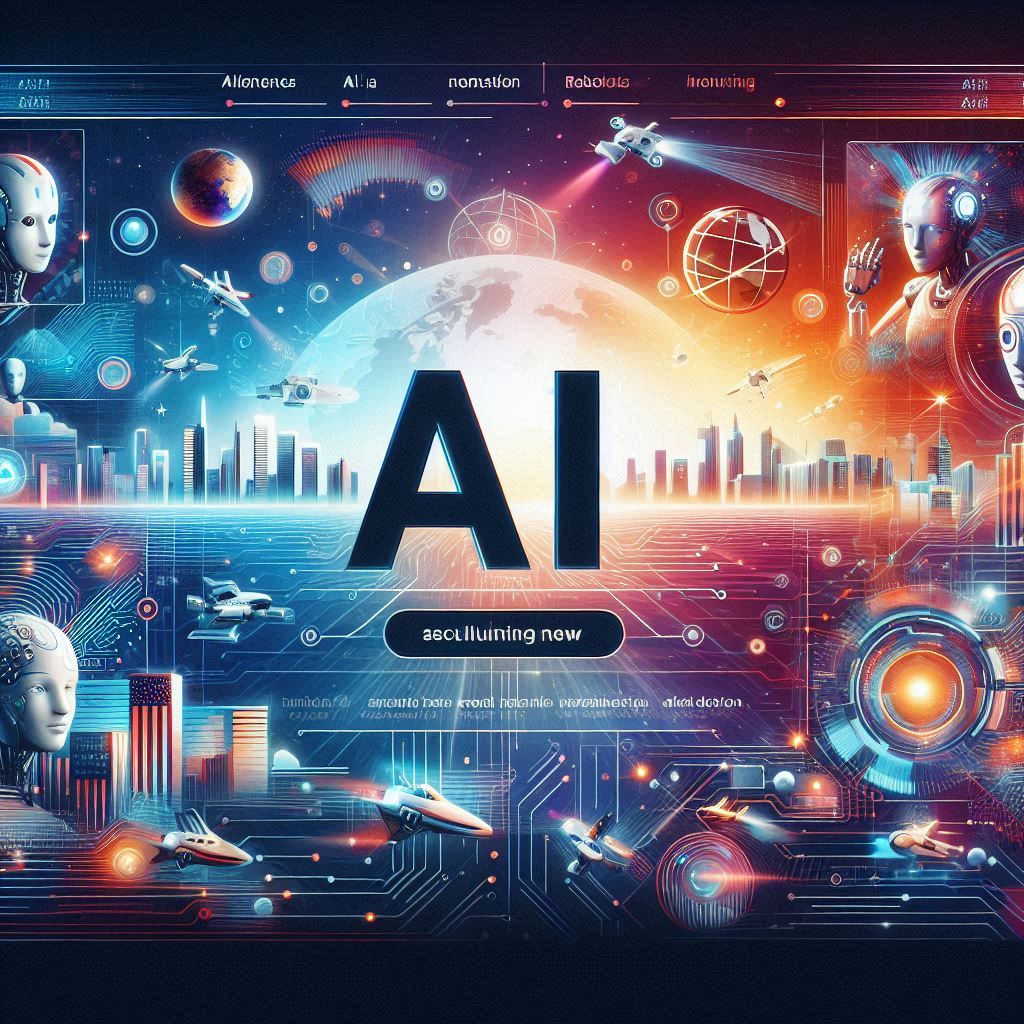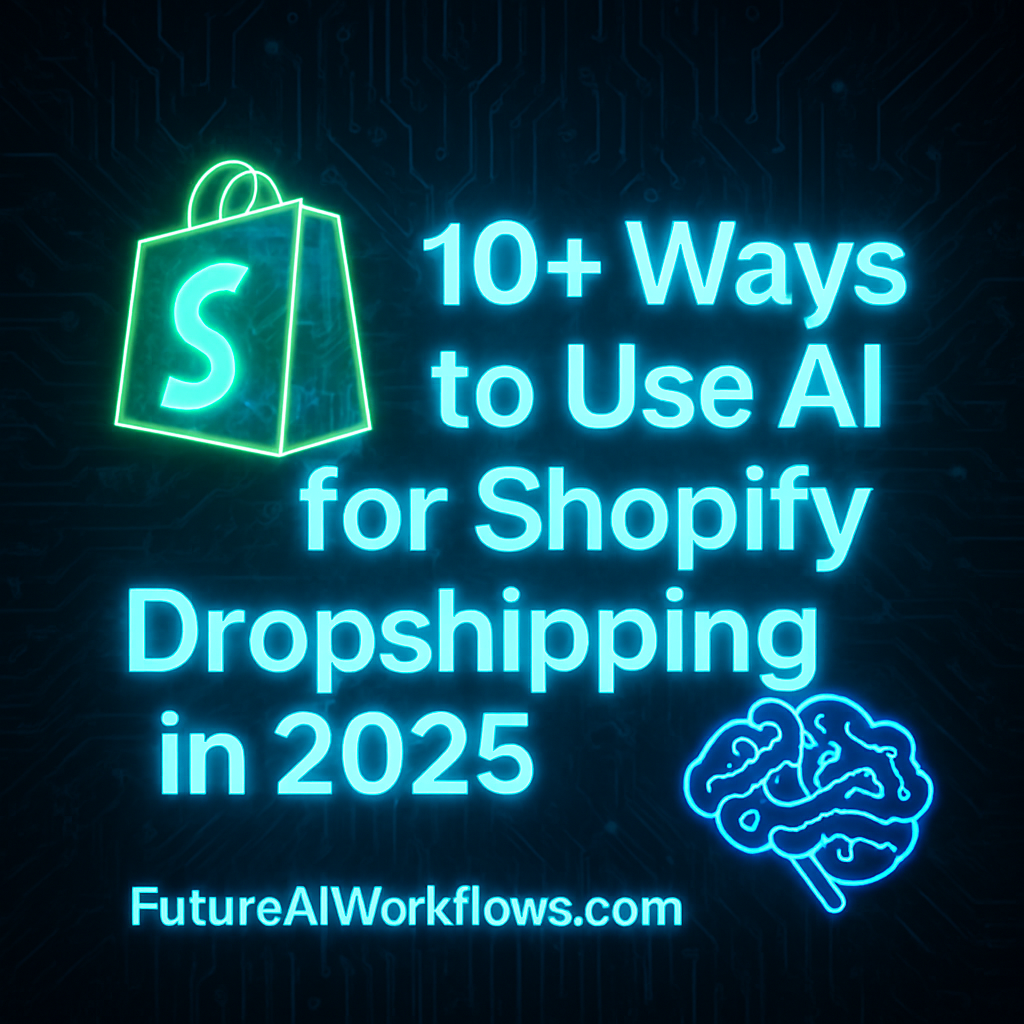In today’s fast-paced digital economy, businesses face a critical question: Are traditional, manual processes holding your company back? As artificial intelligence (AI) continues to evolve, more organizations are shifting from outdated workflows to AI-powered automation—and the results speak for themselves.
In this article, we’ll break down the key differences between traditional workflows and AI automation, highlight the benefits of AI-powered systems, and explore how companies across industries are using AI to scale faster and smarter.
What Are Traditional Workflows?
Traditional workflows rely on manual inputs and human-driven tasks to complete routine operations. Think spreadsheets, back-and-forth email threads, physical approvals, and repetitive data entry. While these processes can work for small teams, they often become bottlenecks as businesses grow.
Common Problems with Manual Processes:
Slow turnaround times
Human error and inefficiency
High labor costs
Poor scalability
Example 1: Traditional Customer Support
Support agents handle every query manually, resulting in long wait times and increased staffing costs.
Example 2: Traditional Marketing Campaigns
Marketing teams spend hours writing ad copy and scheduling posts, delaying campaign execution and reducing ROI.
How AI-Powered Workflows Outperform Manual Processes
AI workflows leverage machine learning, natural language processing, and automation tools to streamline business operations. These systems learn and adapt over time, making them far more efficient and scalable than manual alternatives.
🔑 Key Benefits of AI Automation:
✅ Faster Processing & Real-Time Data Insights
AI can analyze vast amounts of data in seconds, enabling quicker decisions and immediate action.
✅ Lower Operational Costs
Automated systems reduce reliance on large teams, cutting expenses without sacrificing performance.
✅ Smart Decision-Making & Predictive Analytics
AI tools predict customer behavior, market trends, and potential issues before they arise.
✅ Enhanced Customer Experience
AI chatbots, personalized recommendations, and automated email responses provide consistent, 24/7 support.
Example 1: AI in Customer Support
Chatbots powered by AI like ChatGPT respond to FAQs instantly, reducing human workload and improving response times.
Example 2: AI in Marketing
AI-driven platforms like Jasper and AdCreative.ai generate optimized content, schedule posts, and adjust campaigns in real time based on performance metrics.
Real-World Case Studies: AI in Action
Let’s explore how top companies are using AI to disrupt traditional workflows and gain a competitive edge.
📌 Case Study 1: E-Commerce – Amazon
Amazon’s AI-powered recommendation engine drives a significant portion of its revenue by analyzing browsing habits and purchase history to suggest relevant products. Meanwhile, automated inventory systems optimize stock levels, improving accuracy and reducing operational stress.
📌 Case Study 2: Banking & Finance
Major banks use AI to detect fraud in real time. These systems analyze millions of transactions faster and more accurately than human teams. AI also powers faster loan approvals with smart algorithms that assess credit risk within minutes.
📌 Case Study 3: Manufacturing
AI enhances predictive maintenance by analyzing machine performance data to anticipate failures before they occur. Automation also improves supply chain management and quality control, resulting in lower production costs and fewer delays.
The Future of AI-Powered Workflows: What to Expect Beyond 2025
As AI technology advances, its role in business automation will only expand. Here’s what the future holds:
AI-Driven Decision Making: AI will go beyond support tasks, offering actionable business strategies and insights.
Autonomous Operations: Entire departments—customer service, logistics, finance—could become semi-autonomous, requiring minimal human intervention.
Natural Language Interfaces: Employees will interact with AI through voice and chat, making tools more accessible across all skill levels.
How to Prepare Your Business:
Audit existing workflows to identify inefficiencies.
Start small by automating one or two core tasks.
Choose AI tools that integrate with your existing systems.
Train your team to use AI confidently and effectively.
Conclusion: AI Is the Future of Work
Manual workflows are becoming obsolete. AI automation not only increases efficiency and reduces costs but also empowers businesses to scale intelligently in a competitive market.
Don’t let outdated systems slow you down.
Start exploring AI-powered workflows today and unlock the future of productivity.
👉 Want to automate your business with AI? Subscribe now for expert insights and actionable AI strategies tailored to your industry







